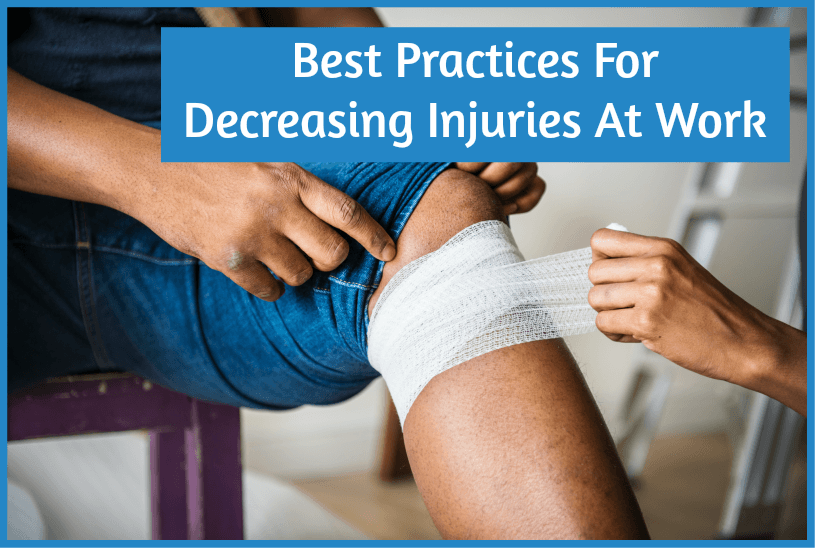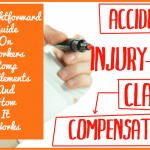
Best Practices For Decreasing Injuries At Work
A safe workplace is no accident. It takes concerted effort by every individual, from the executive suite down to the production floor. For HR professionals, the challenge is making sure there is buy in at every level and that procedures are consistently followed. This remains easier said than done, even as work-related injuries and illnesses have decreased dramatically over the last quarter-century.
An average of 2.8 incidents per 100 workers were reported in 2017 compared to an average of 10.9 incidents per 100 workers in 1972.
In their effort to keep their workplaces as safe as possible, managers and HR professionals should understand that the vast majority of accidents are preventable — so long as there is a strong framework for safety in place and employees follow it without fail.
Create a Culture of Accountability
One of the most essential aspects of workplace safety is creating an environment in which safe behavior is recognized and rewarded. Incentives that are based on following the rules make it clear to all that this is a high priority. Likewise, employees need to be empowered to call out unsafe practices whenever they see them. If they are afraid of reprisals or worry that their concerns will be dismissed by those in authority, they will be far less likely to report problems or remind their coworkers of proper procedures.
Promote Proper Procedures
It isn’t enough to adopt safety protocols for your business. To make a real difference, they must be promoted constantly by management. This means including safety directives in employee handbooks and displaying them on posters throughout the workplace. When the rules are placed where all employees can see them, they become much harder to ignore or forget.
Provide the Right Tools
Although it is crucial to instill good safety practices in employees, it is just as important for management to provide the tools they need to follow them. This means ensuring that all workers have appropriate safety equipment including hard hats, goggles, gloves and coveralls. If anyone is seen performing work without the right gear, it should be called out immediately, and the employee should be reminded that safety is an expectation of the job.
Get Organized
One of the most common causes of accidents in the workplace is disorganization. When workers don’t know where to find the equipment they need or must to go into an unfamiliar area to locate it, confusion and chaos can result.
Ensuring that materials and equipment are always kept in the appropriate places can go a long way toward maintaining a culture of safety.
Emphasize Training and Education
Companies must take an active role in informing their workers about safe behaviors. While displaying safety posters and handing out lists of rules is important, It isn’t enough. Education and training should be core elements of any safety program, and they can’t be a one-time event. Even the most experienced employee needs to be regularly reminded of the expectations to ensure that safety protocols stick.
Maintain Equipment
Allowing machines and tools to wear out or break down can lead to accidents. This is why businesses can’t afford to overlook or ignore the need for regular maintenance. Keeping machinery properly lubricated and replacing old components shouldn’t be considered a luxury. Proper care doesn’t just extend the lifespan of your equipment, it also makes it more likely to perform safely and dependably when in use.
Safety Requires a Concerted Effort
When it comes to preventing lost-time incidents in your facility, doing the bare minimum is never enough. Managers and HR professionals need to have a plan and execute it rigorously to create a safe environment for their workers. The infographic above details some important tips you can put into practice right away to prevent many of the most common and debilitating injuries workers can sustain.
Pay close attention to it and you can reduce mishaps that can seriously hurt your team and your productivity.
© New To HR



